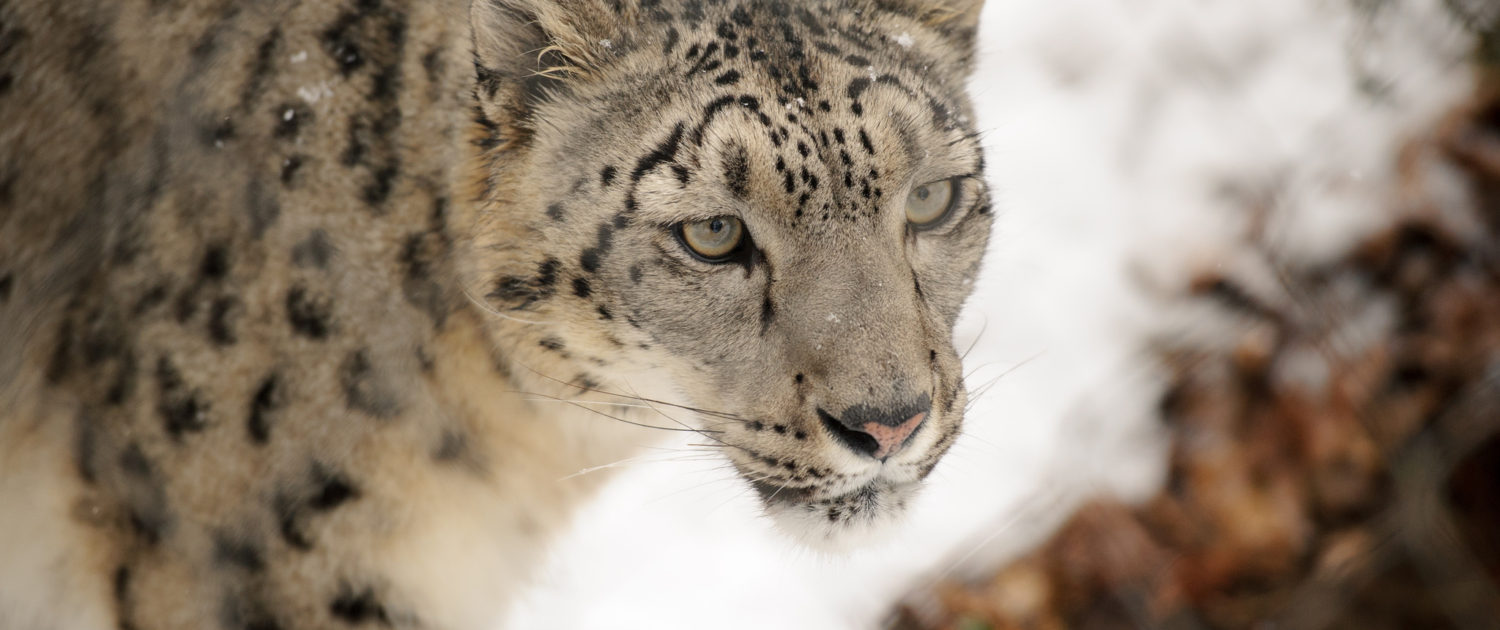
Today, October 23, is the International Day of the Snow Leopard, a day to bring attention to the endangered ‘ghosts of the mountains’. This rare and elusive species needs urgent conservation action across its range. To this end, S.P.E.C.I.E.S. is pleased to be a principal partner in a new initiative in Nepal seeking to address human-leopard conflict.
As few as 4,000 snow leopards may be left in the wild, and their population is thought to have dropped by some 20 percent in the last 16 years. They range over the high mountains of Central Asia, and can be found in Afghanistan, Bhutan, China, India, Kazakhstan, Kyrgyzstan, Mongolia, Nepal, Pakistan, Russia, Tajikistan, and Uzbekistan.
A recent study by TRAFFIC reminds us that snow leopards face grave threats in the wild. The report found that between 220 and 450 are killed every year, most of them due to human-wildlife conflict. Snow leopards often prey on livestock, and in return, they are hunted and killed by farmers. The distinctive fur of the snow leopard is also highly sought after, and the pelt trade is another cause of their rapid decline.
S.P.E.C.I.E.S. and partner Biodiversity Conservancy Nepal (BCN) hope to launch a project to conserve the snow leopard in the Api Nampa Conservation Area in Nepal. Api Nampa is rich in other biodiversity and is home to other endangered species such as the Himalayan black bear, red panda, and the common langur.
Api Nampa is located in western Nepal and the protected area covers 1,903 square kilometres. Created in 2010, the area has not yet been rigorously surveyed for snow leopards. S.P.E.C.I.E.S. and BCN will survey and assess the status of the local snow leopard population to identify the intensity, frequency, and distribution of human-leopard conflict zones. This will allow them to identify high priority areas for conservation so that work can begin with local people to reduce conflict and lower snow leopard mortality.



